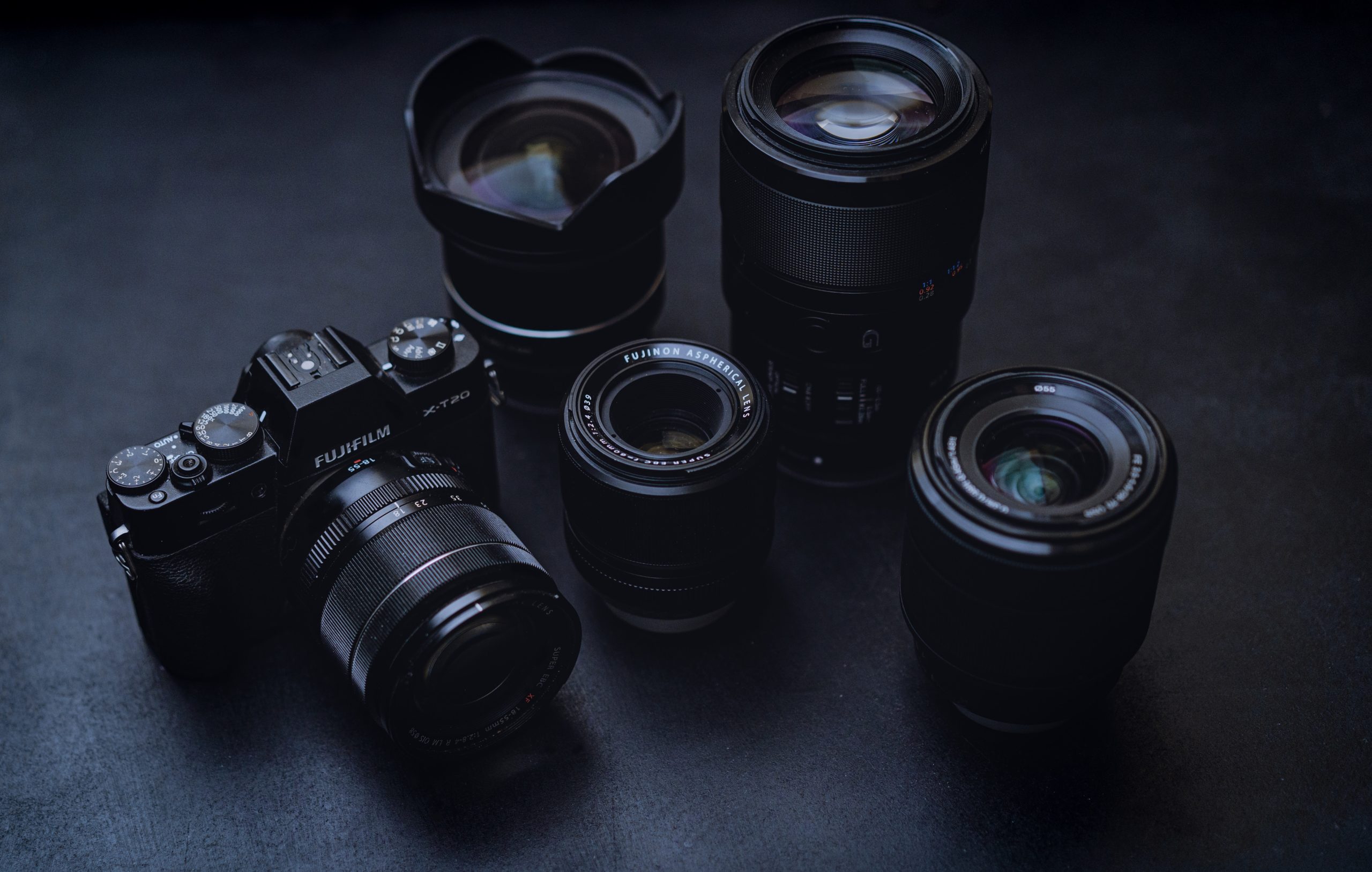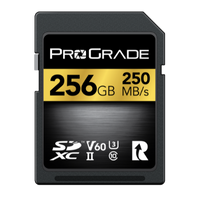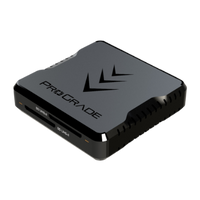Should it be wide, long, zoom, prime, heavy, or light? All photographers and videographers can relate to the never-ending journey of finding the perfect lens. We read all the blog articles, watch all the YouTube videos, and study every technical document we get our hands on. And even when we finally find a lens that fits our needs, there’s always a new lens release right around the corner, grabbing our attention and making us think about upgrading.
I guess it’s fair to say there’s no such thing as a perfect lens for all the projects. But there sure is a perfect lens for every project. Different lenses are not built to satisfy every need but different needs. So every lens is good for something and bad for something else. It all comes down to your specific needs and the characteristics of different photography styles.
We’ll give you a rundown of perfect lenses for different types of photography, explaining what the situation calls for and what alternative options you have. When you’re done reading, you’ll know what lens is the best for your next project. Let’s dig in.
Best Lenses for Portrait Photography
While many photography veterans have their own preferences regarding portrait photography lenses, when you ask a bunch of them, you’ll likely hear the following answer the most: pick the one with 85mm focal length, wide aperture, and prefer prime over zoom.
Shooting portraits with zoom lenses is certainly possible, but they are generally not recommended for paid client work. Prime lenses have two main advantages: they are sharper and have larger apertures that let in more light. Similarly, you can shoot beautiful portraits with other than an 85mm lens, but this one is undoubtedly the most universal, as it works well for both headshots and full-body portraits. Just make sure the lens has a wide aperture that allows you to focus on the subject and blur the background.
Here are some of our favorite lenses for portrait photography:
Here’s a reasonably priced alternative:
Best Lenses for Landscape Photography
Ultra wide-angle lenses, ranging anywhere from 8mm to 24mm, offer a very wide angle of view but have a characteristic distortion, especially evident in fisheye lenses. So, if it’s not some artistic or creative project, these lenses are not suitable for the aforementioned portraits, but they are extremely good for expansive panoramic landscapes and cityscapes.
Wide-angle lenses, ranging from 24mm to 35mm, have much less distortion but also a bit narrower angle of view. However, they are still excellent for landscapes.
Here are some of our favorite lenses for landscape photography:
Sony FE 16-35mm f/2.8 GM (G Master)
Fujifilm XF 16-55mm f/2.8 R LM WR
Best Lenses for Street Photography
Street photography is a broad concept. Streets are busy and lively environments, and there’s also a lot of shooting in low light conditions. So you want a fast lens with fast autofocus. Otherwise, you miss a lot of shots and that romantic city light bokeh.
Street photography generally means a lot of walking, so a lighter setup will go a long way, literally. As for the focal length, go with 50mm, or 35mm if you have a crop sensor.
Here are some of our favorite lenses for street photography:
Sony 35mm f/2.8 Sonnar T FE ZA
Reasonably priced alternative:
Best Lenses for Fashion Photography
Fashion photography is all about capturing the multifaceted world of self-expression and autonomy, often shrouded in artisan-level productions. There are many factors to consider when selecting the proper lens for fashion photography. Everything from the size of the space to the number of people in your frame. Not to mention all the different subcategories of fashion photography. There’s runway photography, studio fashion photography, outdoor fashion photography, hairstyle photography, make-up photography – the list goes on and on.
The endless number of possible factors makes finding the one and only lens somewhat tricky. Portrait photography lenses, 85mm, will most likely be the safest bet, but if you need something more universal, opt for a 24-70mm or 70-200mm zoom lens instead.
Best zoom lenses for fashion photography:
Canon EF 24-70mm f/2.8L II USM
Nikon AF-S 24-70mm f/2.8E ED VR
Canon EF 70-200mm f/2.8L IS III USM
Sony FE 70-200mm f/2.8 GM OSS II G
Nikon AF-S 70-200mm f/2.8E FL ED VR
Best Lenses for Architecture Photography
Architectural photos do not only have to be aesthetically pleasing but also accurate in terms of representations of their subjects. So tilt-shift lenses are a big help, and really wide-angle lenses, anything below 19mm, which can cause distortion, are not your safest bets.
Here are our top picks for architecture photography:
Canon TS-E 24mm f/3.5L II (Tilt-Shift Lens)
Rokinon Tilt-Shift 24mm f/3.5 ED AS UMC
Nikon PC 19mm f/4E ED (Perspective Control Lens)
Best Lenses for Food Photography
If you aim to shoot delicious, mouthwatering images that make people hungry, high-quality photos with sharp, well-defined food particles are a must. So you definitely want to play around with macro lenses here.
Other than that, a prime lens with a longer focal length will work wonders in a studio setting with enough space and control over light. No need to stress about aperture either. Then again, if you shoot primarily on location, going from kitchen to kitchen or restaurant to restaurant, being versatile is vital.
Anything with a lower f-stop from 35mm to 50mm will get the job done nicely. But you may want to use an 85mm lens if you like to get more personal with your food.
Here are our favorite macro lenses for food photography:
Canon EF 100mm f/2.8L Macro IS USM
Sony FE 90mm f/2.8 Macro G OSS
Best Lenses for Travel Photography
Capturing stories portraying a country, its people, or a culture in its natural state is rewarding. Whether you do that in a neighboring city, just a few miles away, or on another side of the globe, you want your setup to be as flexible as possible while packing as light as possible.
Best to pick a lens with a versatile zoom range and built-in image stabilization. Weather sealing that prevents dust and moisture from entering the lens is also essential. Put simply, you need a workhorse that can tackle a bazillion subjects. 24-105mm is pretty much just that. It can effortlessly capture just about anything you throw at it, from street food to street portraits and architectural details to expansive cityscapes.
These lenses are great travel companions:
Canon EF 24-105mm f/4L IS II USM
Best Lenses for Astrophotography
Two of the most essential characteristics of a lens that are good for astrophotography are sharpness and wide aperture (1.4-2.8). This is because you want as much light as possible to hit the camera sensor when photographing tiny dots of light in a pitch-black sky, and you sure want those dots to appear pin-sharp. Hence you should stick to prime lenses, as they tend to render sharper images.
Great lenses for capturing pin-sharp stars:
Sony G Master FE 24mm f/1.4 GM
Sigma 14mm f/1.8 DG HSM ART Lens for Nikon DSLR
Best Lenses for Wildlife Photography
A lens is by far the most critical piece in your kit when shooting wildlife. It doesn’t mean you can get away without a camera. It means it’s tough to make compromises in this area. You need a quiet lens with superfast autofocus and an extraordinary reach. Sneaking up on animals hardly ever works. Good lenses for wildlife photography have a focal length of at least 200-300mm.
Here are three lenses you can undoubtedly trust whenever in wilderness:
Canon EF 100-400mm f/4.5-5.6L IS II USM Telephoto
Sigma 745306 150-600mm F/5-6.3 DG HSM
Nikon 200-500mm f/5.6E ED AF-S VR
Best Lenses for Wedding Photography
You can travel with only one lens. You can shoot portraits with only one lens. If you are not picky, you can even shoot food with only one lens. But it’s practically impossible to shoot weddings with just one lens. If someone would tie your hands and force you to do so, and you have absolutely no other choice, then go with the almighty 70-200mm f/2.8.
This lens will turn you practically invisible, which is essential during the ceremony. When trying to capture something delicate like love, happiness, contentment, or selflessness, you usually want to do it from a distance. I guess we are very much like wildlife in that sense, shove a camera to our face, and we will freeze; some of us will even run.
Thanks to the background compression created by the long focal length, this lens gives you a mesmerizing bokeh, even with a stopped-down aperture. That is perfect for gorgeous, candid portraits.
However, a wedding is a lot more than just the rings, the vows, and the you may kiss the bride – there’s also the reception, the dancing, all the delicate decorations, the food, the cake, and the whatnot. So, even when someone ties your hands, do your best to sneak a few more lenses in. A set that besides the 70-200mm f/2.8 will also include 24-70mm f/2.8, 85mm prime, and a 105mm macro requires much less problem-solving and adapting and will give a lot more room for creativity.
Conclusion
Well, there you have it. We hope this article helped put lenses into perspective, and you now have a better understanding of how to choose one for your specific needs.
Need a Reliable Memory Card to Take Along With the New Lens on Your Photography Journey?
Check out ProGrade Digital memory cards. Every ProGrade card is rigorously tested to ensure the lowest possible field failure rate and to meet the high standards photography professionals demand. So whether shooting weddings, wildlife, food, or architecture, you can put your mind at ease and focus on what matters – telling stories and creating art.





